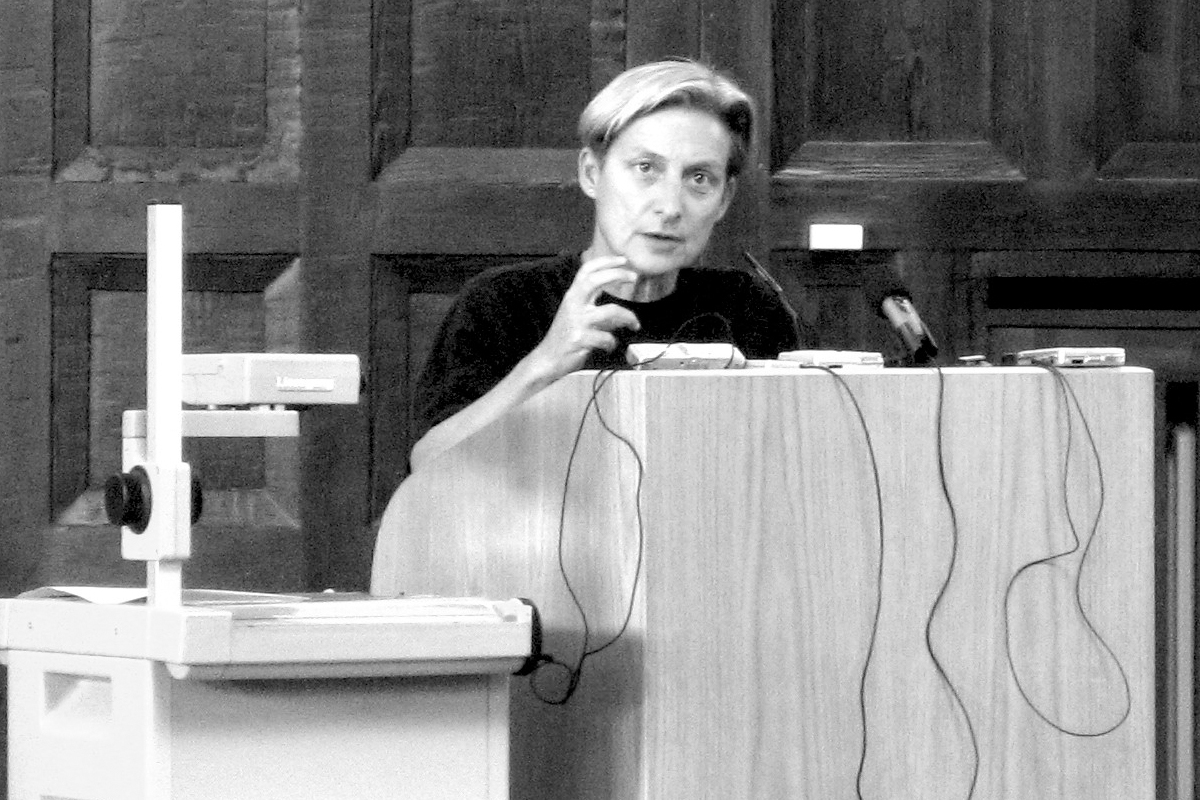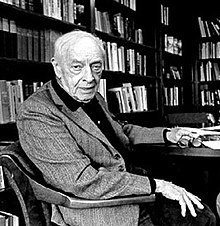recent
High Theory and Low Seriousness
A travel folder signifies Death. Coal holes represent the Underworld. Soda crackers are the Host. Three bottles of beer are—it’s obvious.


Sixty years ago today, just as Henderson the Rain King was going to print, Saul Bellow penned an article for the New York Times in which he warned against the perils of deep reading. Paying too close attention to hidden meanings and obscure symbols takes all the fun from reading, he wrote. The serious reader spends an inordinate amount of energy trying to find profound representations in the most trivial of details. “A travel folder signifies Death. Coal holes represent the Underworld. Soda crackers are the Host. Three bottles of beer are—it’s obvious.”
Moreover, deep reading is such an imprecise game that numerous dull and contradictory interpretations arise from the same passage. “Are you a Marxist? Then Herman Melville’s Pequod in Moby Dick can be a factory, Ahab the manager, the crew the working class. Is your point of view religious? The Pequod sailed on Christmas morning, a floating cathedral headed south. Do you follow Freud or Jung? Then your interpretations may be rich and multitudinous.” One man, Bellow wrote, had volunteered an explanation of Moby Dick as Ahab’s mad quest to overcome his Oedipus complex by slaying the whale—the metaphorical mother of the story.
Instead of this tedious attitude to literature, Bellow urged that people take after E. M. Forster’s lightness of heart. Forster had once remarked that he felt worried by the prospect of visiting Harvard since he had heard that there were many deep and serious readers of his books there. The prospect of their close analysis made him uneasy. In short, for Bellow and Forster, the average academic critic tried to understand literature and thus ruined the enjoyment of it.
The low seriousness that Bellow lamented has only increased since his complaint. Today, literary scholarship is home to some of the most impenetrable gobbledygook ever put on paper. The main culprit is easily identifiable: literary theory. Literary theory, a school of criticism with little hold outside the universities, has captured whole colleges and threatens to extinguish students’ love of reading. Imagine the dejection a student about to begin university, eager to read the best that has ever been written, feels when they are told to examine some heavy tome of unreadable theory. It drains all the fun from reading.
Solemn readers—especially within the academy—take the view that novels must be read in the same manner that philosophers read Principia Mathematica, namely, by “interrogating” the text’s underlying logic. Theorists see themselves as philosophers of literature. For them, the task of understanding any piece of prose or poetry means developing an array of theories, much like philosophers try to explain reality through formulised conjecture. And just as philosophers have specialised lingo to aid their job, literary theorists also require their own jargon. Hence whole dictionaries now exist to help students navigate near incomprehensible passages. Opening my Norton Anthology of Theory and Criticism more or less at random, I’m met by the following sentences:
The phenotext is constantly split up and divided, and is irreducible to the semiotic process that works through the genotext. The phenotext is a structure (which can be generated, in generative grammar’s sense); it obeys rules of communication and presupposes a subject of enunciation and an addressee. The genotext, on the other hand, is a process; it moves through zones that have relative and transistory borders and constitutes a path that is not restricted to the two poles of univocal information between two full-fledged subjects.
This is not an unfairly selected quote. Literary theory is often written in language that is not much more transparent than this. To offer one more example; Fredric Jameson delivers this inscrutability:
The operational validity of semiotic analysis, and in particular of the Greimassian semiotic rectangle, derives, as was suggested there, not from its adequacy to nature or being, nor even from its capacity to map all forms of thinking or language, but rather from its vocation specifically to model ideological closure and to articulate the workings of binary oppositions, here the privileged form of what we have called the antinomy.
Hegel hardly wrote anything more muddled. Of course, there are literary theories free of pseudo-philosophical gibberish. But some of the most prominent theorists write in this cryptic style. Martha Nussbaum (herself a lucid writer) criticised the prose of a celebrated theorist by saying that her elliptical and obscure writing “creates an aura of importance” but also “bullies the reader into granting that, since one cannot figure out what is going on, there must be something significant going on, some complexity of thought, where in reality there are often familiar or even shopworn notions, addressed too simply and too casually to add any new dimension of understanding.”

In a sense, unintelligible writing is an insult to its own discipline because it suggests that it is not important for the reader to understand the content. Surely an author with something insightful to say would take care to make herself comprehensible. Why convey a thought at all if it need not be understood? Only those with nothing to say can afford to revel in opacity. In short, cryptic writing may create an aura of importance but in fact it advertises its own lack of value.
Badly written scholarship is a negative in itself, but worse, it is also an opportunity cost for it crowds out the reading of good criticism. A seminar spent discussing Althusser or Derrida is one which could have focused on Samuel Johnson or James Wood. Worse still, the examination of turgid theories takes time from truly excellent works of literature. I can remember attending a seminar on Virginia Woolf’s Orlando where the tutor seemed to view the book as an excuse to discuss Judith Butler’s theory of “gender performativity.” Something has surely gone wrong when literature is used to further theories rather than the other way around.
The problem with literary theory is that it is not proper “theory.” At best, it is hypothesis without predictive value. There may be some descriptive capacity in literary “theories,” but they do not predict anything about prose or poetry. (What future literary developments can be anticipated by reference to Harold Bloom’s theory of “the anxiety of influence”?) In contradistinction to literary theories, scientific and philosophical theories are open to refutation. Science is tethered to reality and scientific conjectures can thus be refuted by empirical evidence. Literature—being fictional—cannot. This allows literary theorists to gain adherents whilst being free from worries of rebuttal. The consequence is an ever swelling canon of contradictory deepities.
“To the serious a novel is a work of art,” wrote Bellow. And since “art has a role to play in the drama of civilized life”—a very grave business—the serious treat novels with the same sombre attitude they bring to bear on politics. Taken too far, this mirthless view of literature becomes a danger to the joy of reading. The idea that significant studies must be buttressed by significant sounding terminology is simply bunk. It is high time that theory be done in the manner Oscar Wilde said all serious things of life should be treated: “with sincere and studied triviality.”






